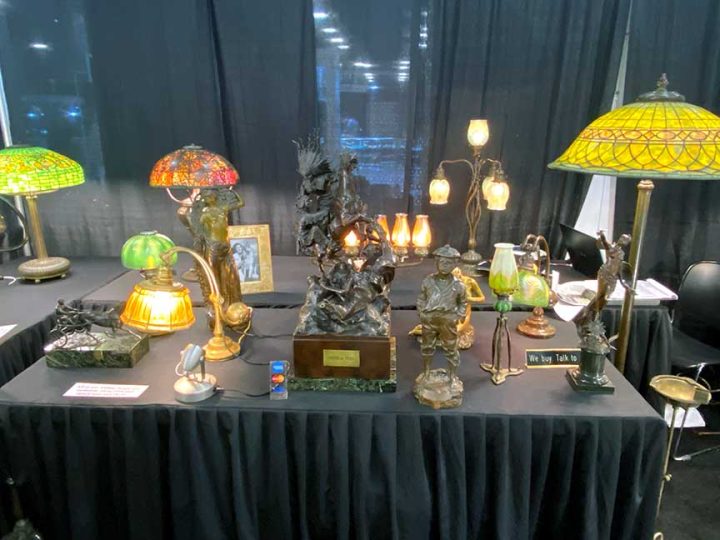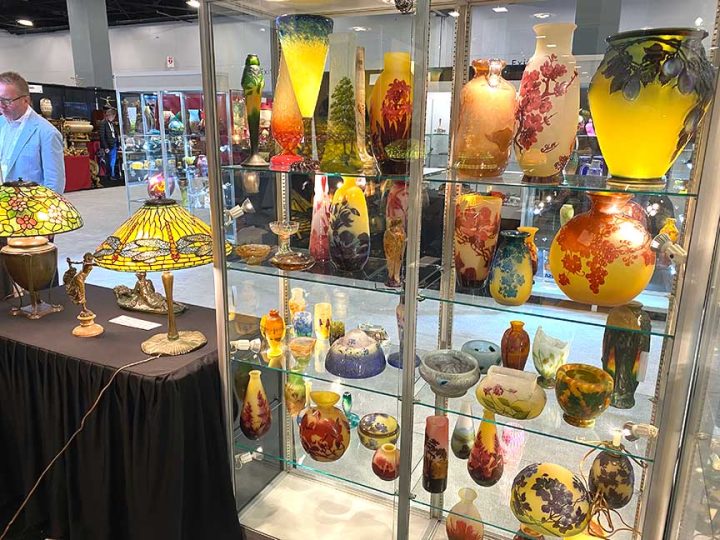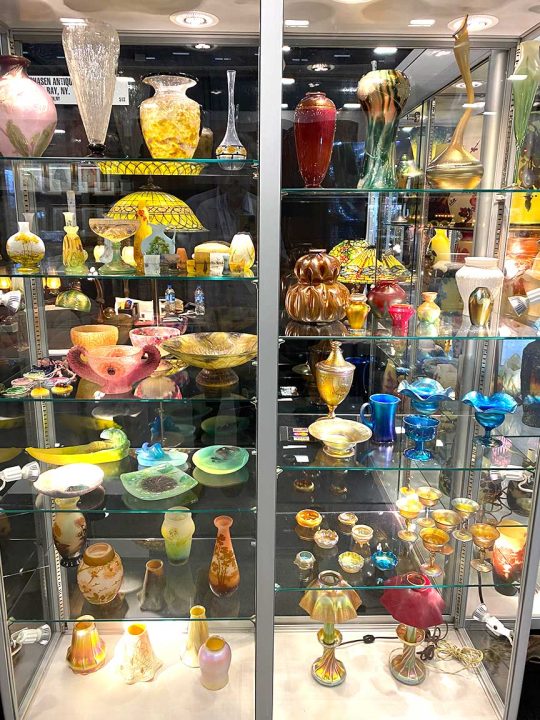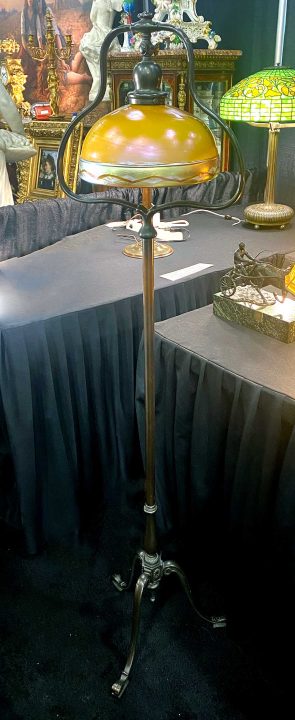#results #Miami #Beach #Antiques #Show #January
I’ve decided to write this blog contemporaneously. I’ll update it every day of the show.
Tuesday and Wednesday Setup happens on the two days prior to the show opening to the public. Unfortunately every year the show continues, the number of antiques dealers decreases and the number of jewelry dealers increases. About 80% of the show are jewelry dealers.
Thursday: 11:30 AM The show opened 30 minutes ago. There isn’t the usual mob, from days gone by. It’s a relatively small crowd.

Thursday: 3:30 PM Attendance has picked up and there has been some interest, but no sales.

Thursday: 7:00 PM Business has been pathetic. I made one small sale, which wasn’t enough to cover even one of my minor expenses. Got my fingers crossed that the show will improve over the weekend.

Friday: 1:00 PM The crowd started off slowly on Friday, as expected. It picked up soon after. The mix today is more retail clients and fewer dealers, which is usually good for business. I made a couple of sales in a row. I’m hoping it continues.

Friday: 3:30 PM Nothing much happening this afternoon. There are a fair number of guests walking around and a few questions, but no additional business.
Friday: 7:00 PM Unfortunately today ended with a bust. No additional sales. If business doesn’t improve over the weekend, it’ll be bye-bye to yet another show.
